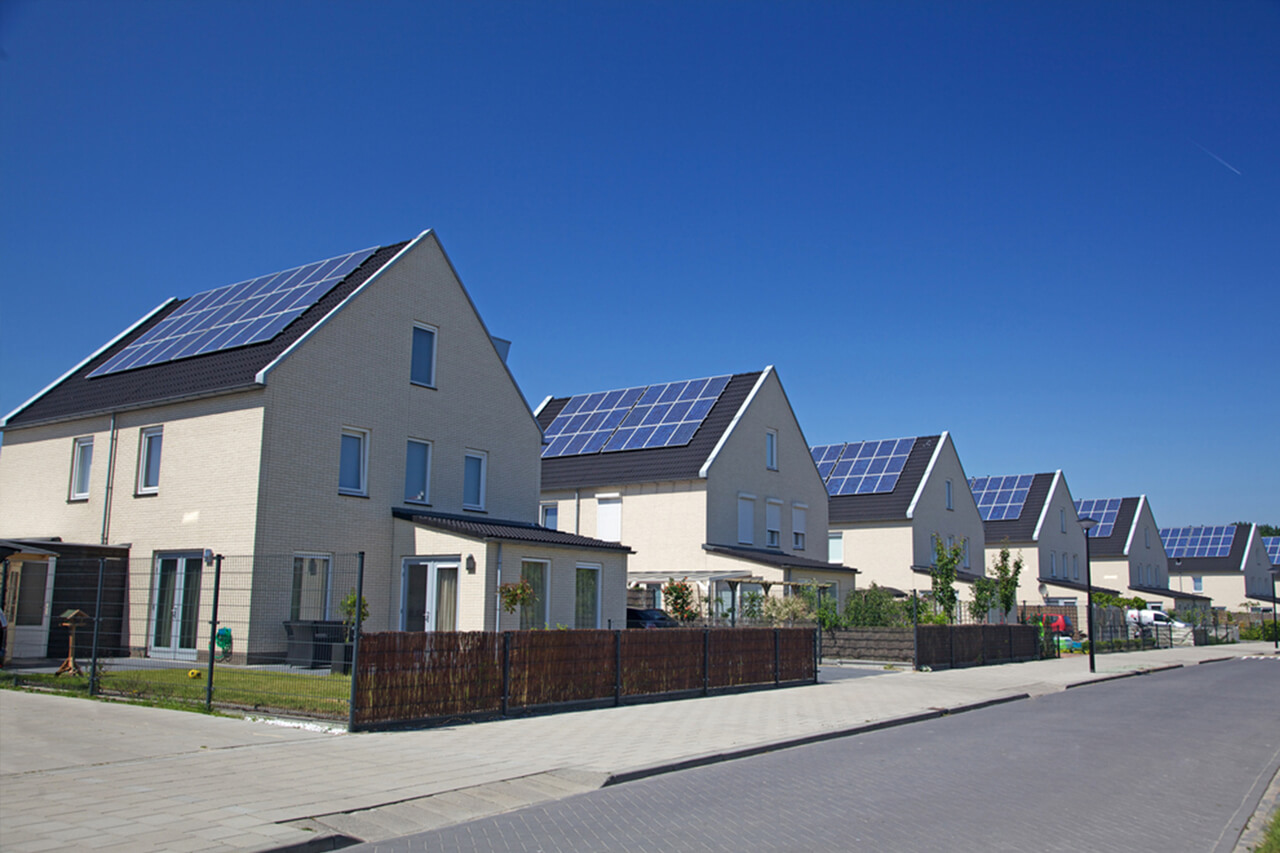Energy efficiency in the housing stock is a promising contributor to climate change mitigation. We examine a recent CEFC initiative directed at bridging a funding gap for social housing projects.
Earlier this month, the Clean Energy Finance Corporation (CEFC) announced its AUD 250 million Community Housing Program aimed at encouraging the construction of energy efficient social and community housing.
The CEFC has identified the difficulty faced by project sponsors in obtaining long-term finance for social and community housing as also presenting an impediment to the incorporation of energy efficiency measures in social housing developments. It is this funding gap that the CEFC’s Community Housing Program aims to plug.
The funding gap
Energy efficiency measures typically require upfront capital investment and have a long pay-back period. A social housing sector that is struggling to fund even the basic construction required is, unsurprisingly, reluctant to incorporate such measures.
Energy efficiency measures typically benefit the tenants and not the project sponsor who ultimately bears the cost of implementing them. In social housing projects it is usually difficult to recover such investment from tenants (e.g. through higher rent) making this investment unattractive to a project sponsor. This structural problem is typically talked about as the “split incentive” issue.
Funding under the CEFC’s Community Housing Program
The Community Housing Program is designed to operate in tandem with, and supplement, other government programmes (such as the NSW Government’s Social and Affordable Housing Fund). Any organisation seeking to develop, build or manage energy efficient social housing in Australia is eligible to apply for funding from the CEFC.
Provided that the required energy efficiency standards are met, successful applicants will have access to a loan facility of AUD 15 million or more, either as construction finance or a term facility.
In addition, the CEFC will earmark a portion of the interest earned on the loan facility to finance sustainability initiatives across the portfolio of existing housing stock that directly benefit the tenants such as solar panels, smart meters and LED lighting.
Two birds and a stone, but no magic bullet
The benefits of energy efficient social housing kill two bird with one stone:
- sustainable buildings will assist in reducing the carbon footprint; and
- the benefits of lower costs of energy will flow to the tenants of social housing who are typically low income households.
With demand for social housing anticipated to increase over the years to come, additional means of finance (such as that offered by the CEFC) will assist to ensure that the construction of social housing keeps up with demand and that more new developments are built sustainably and deliver cost savings to tenants.
Through the Community Housing Program, the CEFC aims to facilitate the addition of 1,000 social housing dwellings to Australia’s current stock of 88,000 dwellings. It would be unrealistic to expect this funding mechanism to shoulder the full burden of driving forward the transformation of social housing stock. New measures will need to be developed to resolve the split incentive issue.
Not a first, and hopefully not the last
The Community Housing Program builds upon a previous initiative of the CEFC under which the CEFC provider a AUD 60 million long-term senior debt facility to SGCH, a not-for-profit community housing provider to construct new dwellings with a minimum 7-star NatHERS rating and retrofit existing properties with energy efficient features.
In a similar initiative last year, the UK Green Investment Bank partnered with Equitix, an investor and project sponsor of social housing PFI projects in the UK, to provide GBP 5 million in funding for the installation of energy efficient heating systems across 1,100 social housing dwellings in the UK.

